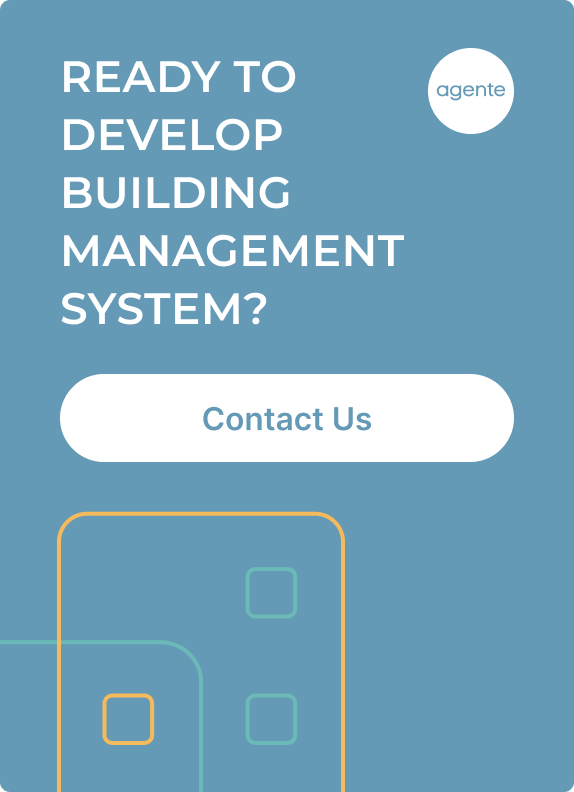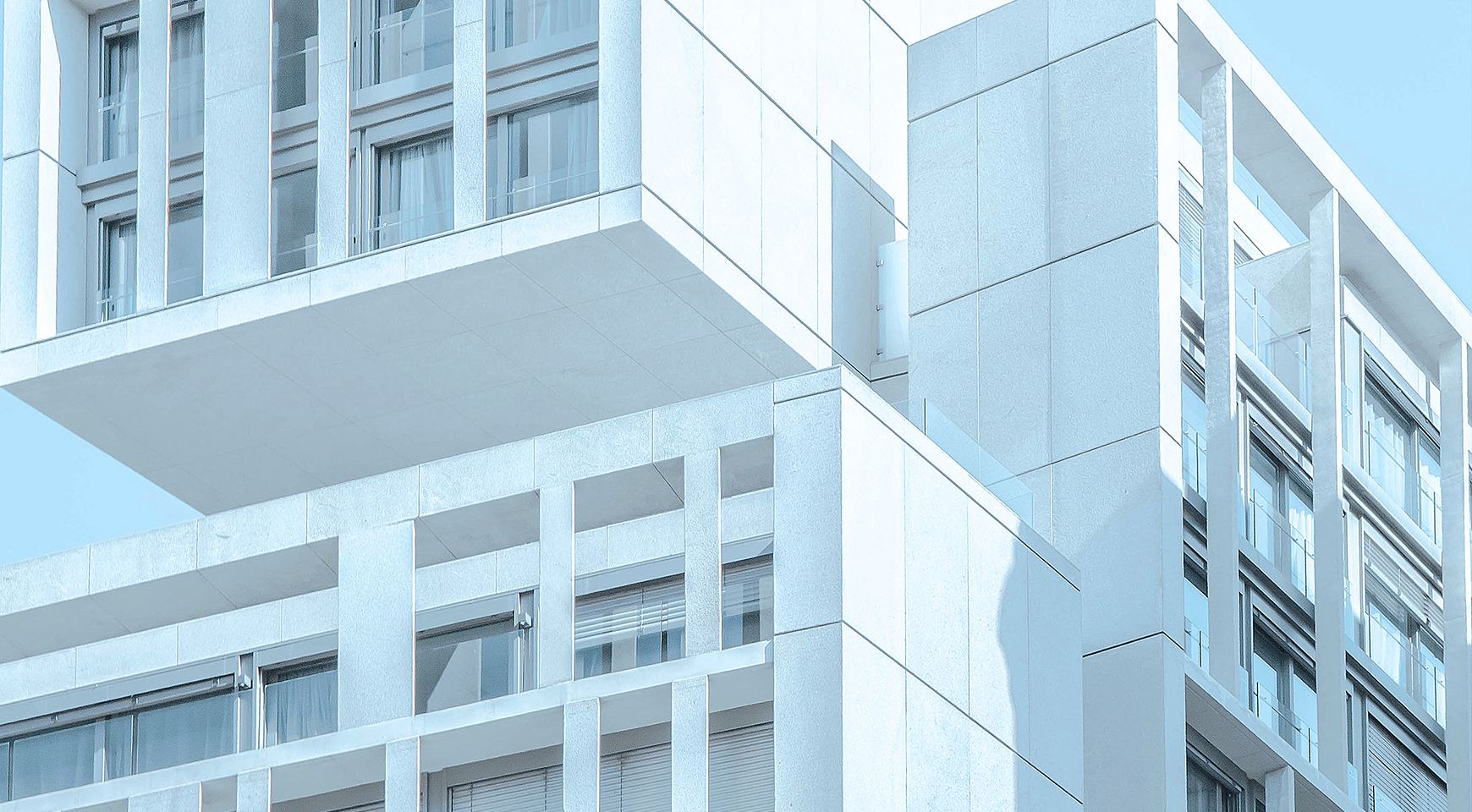
What makes a good real estate website design? Some companies limit themselves to the description of the services they provide and their contact info in order to have their information indexed and shown to their potential customers. However, among the multitude of agents and brokers, you’ll never stand out or get ahead without a beautifully designed and user-friendly website.
Having analyzed the best practices, and testing many of them in our projects, we would love to share some ideas and examples of real estate website design that will help your potential and existing clients search for homes and related data while boosting your credibility and growing your income.
From our experience working with real estate and other projects, we learned how to “think a design” for business and how to make your website reach clients efficiently. We gathered the best practices that help the AGENTE team regularly and stably deliver beautiful websites that hit the goal.
The main tasks of a unique real estate website design
Each digital product has its unique purpose and defining it is very important, so the results won’t disappoint. It’s important to understand that other than just looking good, real estate website design aims at some goals.
Build trust in your brand
People who visit real estate websites are about to make a major decision in life, so they want to be guided by someone with a sense of test and reliability. The design should show the professionalism of the company.
Catch the client’s attention
You want the potential customers to stay with you and become clients, and that’s exactly where intuitive, comprehensive, and eye-pleasing design will work for you. Give people what they want in the way they like and they will never leave.
Decreases the burden on the support team
A well-designed website will contain enough or very close to enough information for the purchase or at least schedule an appointment with the agent. As people tend to make their decisions online, even more, having everything ready for them without the need to call is a must.
Increase conversions
A good real estate website encourages people to contact you and make a decision. Easy navigation, detailed descriptions, and an interactive interface will make people feel like they already know it.
Key features for your real estate website design
When you think about real estate website design and layout, concentrate on user experience. Don’t overwhelm the pages with words and pictures. Sometimes white space is better than heavy content and automatically played videos on each page, which can make your visitors bounce away from your site. So what features should your website have? Let’s have a look:
1. Listings
One of the first things that pop up in our minds concerning real estate website design is listings. They increase readability, try arranging your offerings in a tile-based fashion with a short description, photos, ratings, and price.
Source: rentberry.com
2. User-friendly search
When you design a real estate website, remember that a search form is where the user journey starts when they come to your website. Make this journey easy and intuitive, add IDX search bar and filters based on location, date, price, and the number of beds and baths, and you can add an advanced “lifestyle” search with neighborhood info, school and diners ratings, crime rates, costs of living, traffic info, etc.
Source: nooklyn.com
3. Visuals
Photos, schemes, and graphics are the main eye-stoppers for your website visitors. Large banners with the property image on the homepage increase the chances of your potential clients staying longer. A slideshow of 5 to 10 images will create a comprehensive overview of the listings. Make sure that your photos have high resolution and display the actual state of things.
Source: auroralic.com
4. Video
Custom real estate website design requires sophisticated elements, such as welcome videos or 3D tours across properties or neighborhoods and local amenities to show your website visitors around without leaving the website.
Source: m3565.com
5. Map and navigation
Organize your listings across the map and let your users search within their desired district. A great bonus is information on infrastructure and surroundings or a heat map for the cost of living or crime rates.
Source: theofficegroup.co.uk
6. Responsive design
The importance of multi-browser and cross-platform compatibility cannot be emphasized too much today, however, we would like to remind you one more time to double-check whether your pro-tech software solutions work smoothly on every popular platform and in every popular browser.
Source: golden-center.com
7. Lead Capturing Tools
Let’s get it straight: the main goal of your website is to attract new customers to your company. Enhance your homepage with features that help you to capture leads, i.e., a signup form for a newsletter or a guide to the areas you advertise, a chat feature with a registration form, a “schedule a visit” form, or any other resource that can be useful for your potential clients. This will add more value in the eyes of your leads and help you to build a list of potential clients.
Source: contract-district.com
How Agente provides features to real estate websites
The AGENTE team has extensive experience in building advanced features for web solutions, including real estate website design. We are providing full-stack real estate website development services.
We leverage React and Angular for the clear and fast front-end, and use Ruby on rails and Node.js for sound and secure server side of a web app. We have provided several features each real estate website needs.
For example, working on the website design for KOEI TECMO we provided product listings, catalog filters, and sorting options as well as a search bar for the desired items and comfortable navigation while creating a user-friendly, eye-pleasing, and intuitive website.
Custom features
To stand out from the crowd, follow the latest trends and surprise your visitors with VR tours or with open house live streaming embedded on your website. AR is used rarely, but it has a lot of potential for real estate, allowing users to customize the space in the app. Together with the virtual tours, it will speed up the decision-making process.
A calculator feature will add to your credibility, and attract those who don’t want to waste their time waiting for a quote. The calendar for appointments might increase sales by simply pushing potential buyers and renters to remember about the scheduled tour. And if it will keep notifying the clients about new listings, messages, or appointments, the app will keep your customers in the loop.
The AI in the chatbot will easily handle simple questions, and for the more complicated inquiries, you can always connect with a manager. This won’t take much time to develop but can help to improve the trust between the users and your platform. Another feature that will keep customers engaged is the possibility to leave feedback. It’s a win-win for both sides: people will see what others think about the company, agent, or property and you will always know what needs improvement and can act upon it.
Source: bitterrenter.nyc
The best UI/UX design tools for real estate websites that we use
We have worked on several projects where strong UI/UX design tools were needed. For example in LMS - the platform to explore cultural diversity we adapted the platform’s UX to the business needs and designed a branded UI.
On the Backstage website, we were responsible for the entire project conceptualization, providing an easy-to-use platform with a thoughtful UX design to help the project express its individuality.
We help companies to deliver an exceptional user experience, by creating design concepts that will help solve customers' problems and will spirit up the brand.
Top 10 real estate website design
You may ask, “How do I bring this all together?” We suggest you start reasonably and not load your website with too many bells and whistles. To understand what the final version of your website should look like, read our list of the best ideas from real estate companies, rental property owners, housing communities, and more.
1. Ten Thousand
Source: ivetenthousand.com
Ten Thousand real estate website immediately takes visitors to their amenities and neighborhoods with its fascinating sceneries. As visitors scroll down the pages, one bright, high-quality full-screen photo changes into another. Visuals are the main focus of the website, stressing the luxury of their services.
2. VN Star
Source: vnstar.com.ua
White spaces, minimal pictures – everything is arranged to emphasize the main message: who they are and what they do. Note the interesting feature of the homepage: a stylish timeline featuring the company’s achievements.
3. Nicole Muk
Source: nicolemuk.com
The Nicole Muk website features a well-elaborated interface emphasizing visuals but not overlooking usability. A photo of the company owner and client testimonials on the homepage adds to the trustworthiness of the real estate agency.
4. Mark Spain
Source: markspain.com
Although auto-playing banners are still an arguable solution, the website, in general, is a classic example of commercial real estate website design. The site starts with the large home search bar and proceeds with featured properties, client testimonials, and social media under photos of the team. Large areas are allotted to lead-capture tabs and to buttons that lead to the company’s blog, the newsletter, and the mortgage calculator.
5. Cedar Bay
Source: cedarbayvillas.gr
As you enter the Cedar Bay website, you immediately experience the welcoming atmosphere of luxury real estate. This impression is achieved with attractive photos and minimalistic design. The website is filled with meaningful content: a map, specifications, image galleries, and current weather information in the region.
6. Tbilisi Gardens
Source: tbilisigardens.ge
Tbilisi Gardens website is a great example of an interactive and informative design where you can get a full overview of the Tbilisi Gardens project with the floor and apartment plans and inspiring interiors.
7. Base
Source: base-china.com.cn
Base is a website for a boutique serviced apartment concept placed in Shanghai. The opening video is originally combined with a circle-shaped timeline featuring the lifestyle atmosphere of the place.
8. OVG
Source: ovgrealestate.com
OVG website designers have focused on eye-catching animation, high-resolution visuals, and dynamic elements. To keep their clients updated on the latest events, the company publishes the latest news in three languages.
9. Burnham Pointe
Source: burnhampointechicago.com
Some say repeating messages three times will effectively deliver the main thoughts to a reader. Burnham Pointe probably believes in this “ rule of three”. We counted three pairs of “Apply now” and “Schedule a tour” buttons on a single page – quite a convincing trick!
10. Omnam
Source: omnamgroup.com
Our last favorite is the one-page Omnam, an amazing color match of black-white-golden shades and informative listings that can be opened and enlarged at the top of the page with a photo gallery and detailed descriptions of the offerings.
What’s your favorite real estate website design? Still, have no inspiration? Contact the AGENTE team and we’ll guide you through real estate website design best practices and ideas.
Real estate website design costs
The total scope of the project will depend on many factors, such as size, complexity, and the experience and location of the developers that will work on the project.
Considering that the average real estate website will include the following sections: index, company/about, team, services, apartments (for sale and rent), blog, contacts, and terms. Approximately it might take between 120-200h for the development and 80-160h for UI/UX design.
The total investment is in the range of $5000 - $25000 unless your idea requires designing a large complex website. With the custom functionality, and interactive features, for example, an integrated CMS system the price can go up to $30000.
And large database-driven websites with complex requirements and completely customized architecture development might cost up to $100000.
Conclusion
A really good real estate website should never miss out on personally connecting to the people that are searching for a new home. The best websites for real estate companies highlight their personal style and emphasize their brand image. And they also find a balance between providing all the necessary features and designing a user-friendly and eye-pleasing real estate website.
It’s important to signify the goals of the website design and then to implement all the features that are needed for usability, and smooth and intuitive navigation.
The custom features will help to improve the customer’s experience. And of course, the aesthetic part will help the website to make people feel that their best interests are kept in mind, so they can trust you and be interested in exploring your offers.
Frequently asked questions
How long does it take to design a real estate website?
Depending on the set of necessary features, the complexity of the architecture and design of the development of the real estate website can take anything between a few weeks and a couple of months, especially if you are looking for a custom real estate website design with custom and extended features.
I don't need a unique real estate website, I need a template one.
Can you help me?
We can help you to create a user-friendly and well-designed real estate website built applying ready solutions to decrease the overall project scope and the time needed to get the project done.
What are the guarantees that the design of a real estate website will really sell?
If designing a real estate website keeps in mind all the important points and crucial things starting from user experience and visual representation to the technical specifications, then the designed platform will definitely bring convenience to buyers and exposure to the sellers, improving the image of the company.
How to compose tasks for real estate website designers?
For the website designers to deliver a quality product, needed a precise request for all the parts of the website. To make it easier to understand those details we conduct a detailed business analysis that gives us a deeper understanding of the project’s goals and priorities so it’s easier to define the needed requirements for the real estate website.
Rate this post!
601 ratings, average ratings is 4.7 out of 5
Related Posts
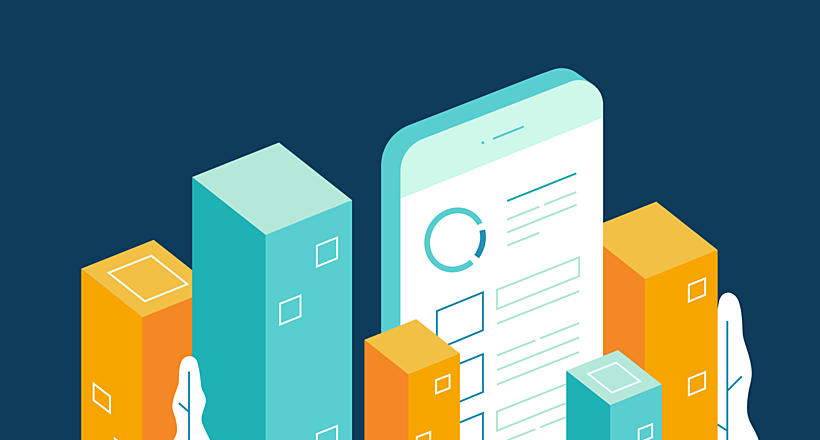
14 November 2021
10 Smart Building Trends For 2022
Smart building market continues to grow exponentially. We’ve collected 10 industry trends for the year 2022.
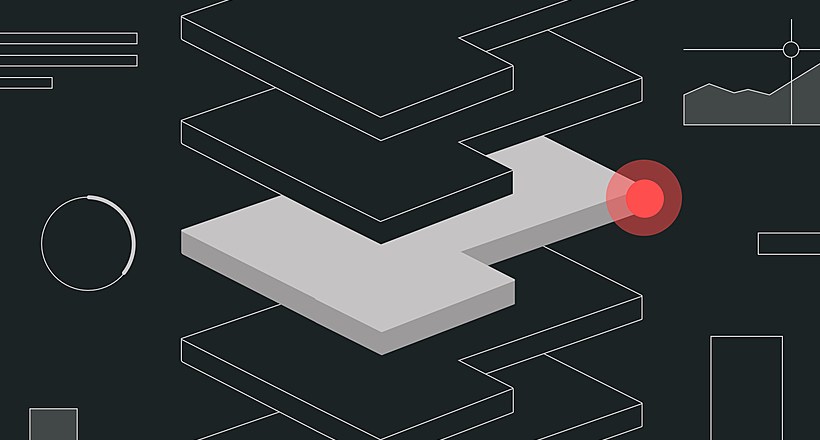
09 January 2020
Why Digital Twins Are Important For Commercial Real Estate?
IoT and machine learning have fostered the transformative technology called a Digital Twin. First used only in the manufacturing sector, now it is widely adopted in real estate as it helps building owners and managers.
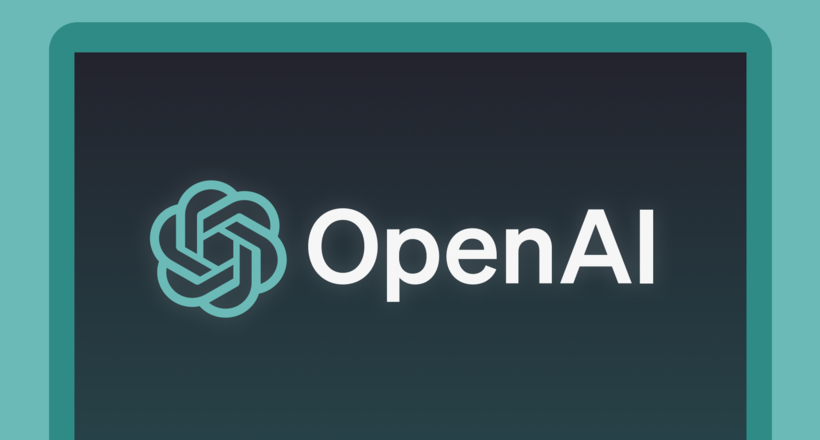
16 January 2024
ChatGPT Plugin Development: Features and Benefits for Business
Explore the process of crafting a ChatGPT plugin tailored precisely to meet your unique business requirements.
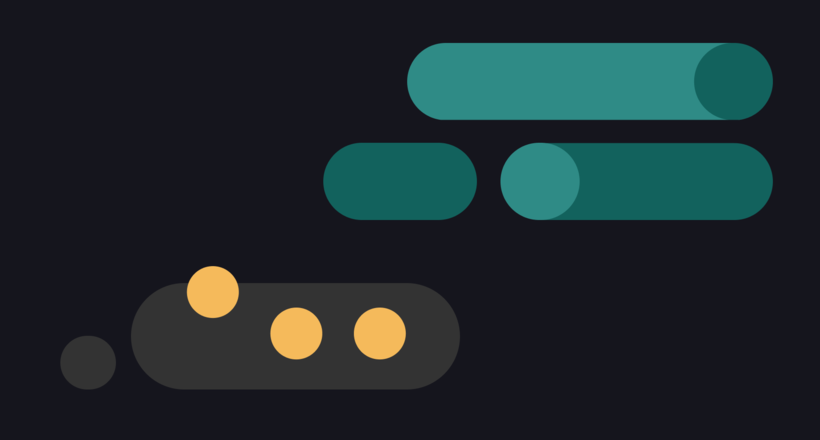
09 May 2024
Top 7 Open-Source LLMs for 2024
Here, we break down everything you need to know about open source LLM models: top 7 offerings on the market, their pros, cons, and capabilities.
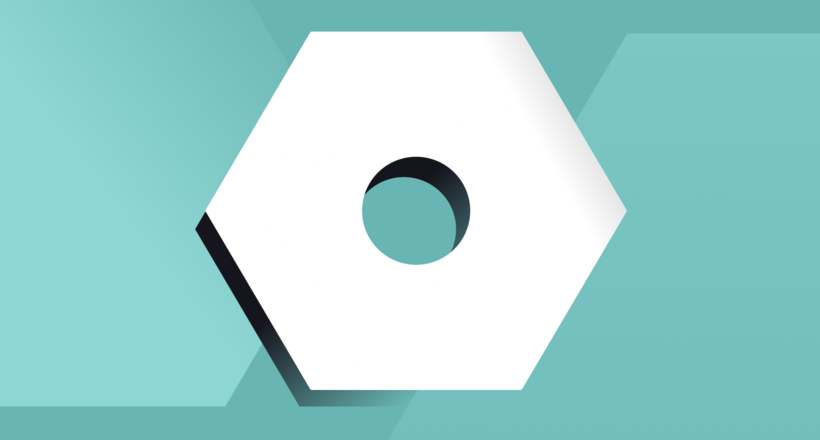
19 January 2024
AI Model Fine-Tuning: How to Use Your Organization's Data?
Organizations are transitioning from generic solutions to hyper-customized intelligence, seeking AI models designed to address their unique challenges and propel them toward strategic objectives.
This demand has propelled fine-tuning to the forefront of AI development.
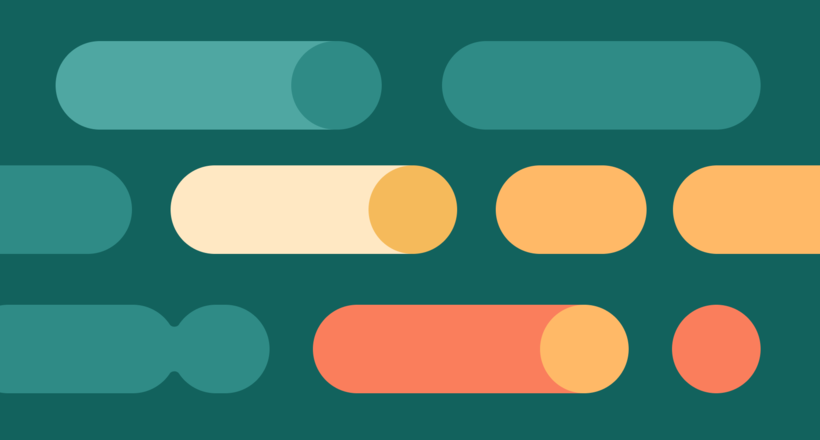
07 May 2024
What are large language models: a complete guide
Get your large language model definition straight: in this article, we cover the concept of LLMs, their capabilities, types, and challenges.
Let's talk
Is there a challenge your organization or company needs help solving? We’d love to discuss it.

Managing Director, Partner
Andrew Terehin

Thank You!
Your message has been successfully sent.
We will contact you very soon.







